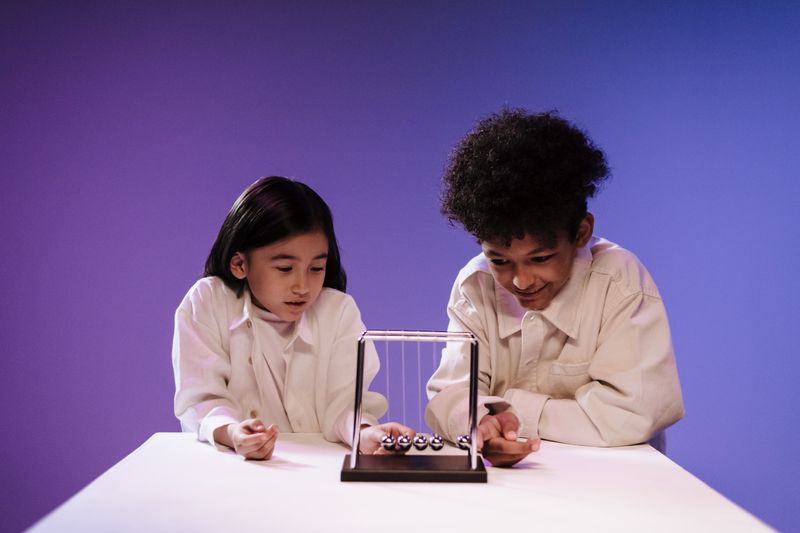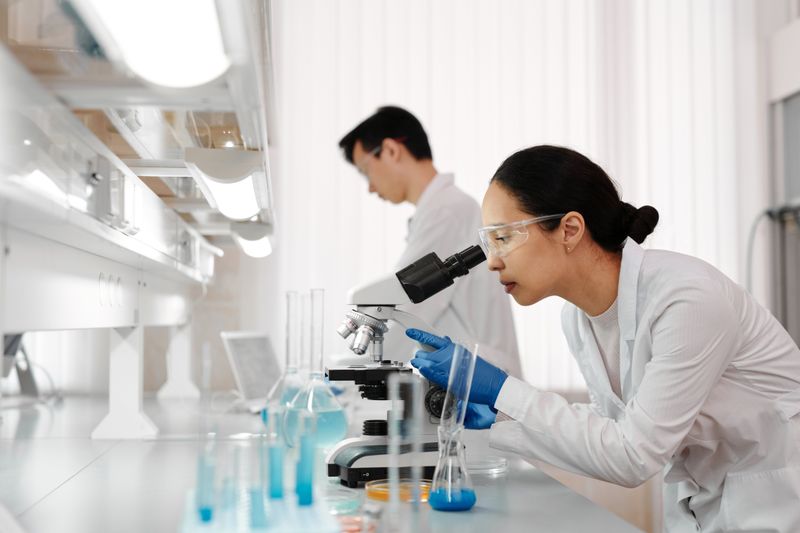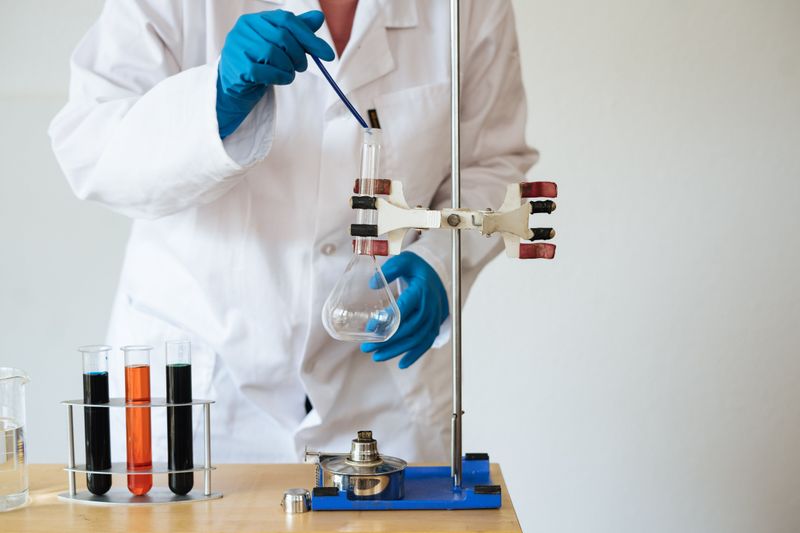Unveiling Dark Matter: The Universe's Greatest Mystery
These fields are not just evolving independently but are intertwining in unexpected and revolutionary ways.
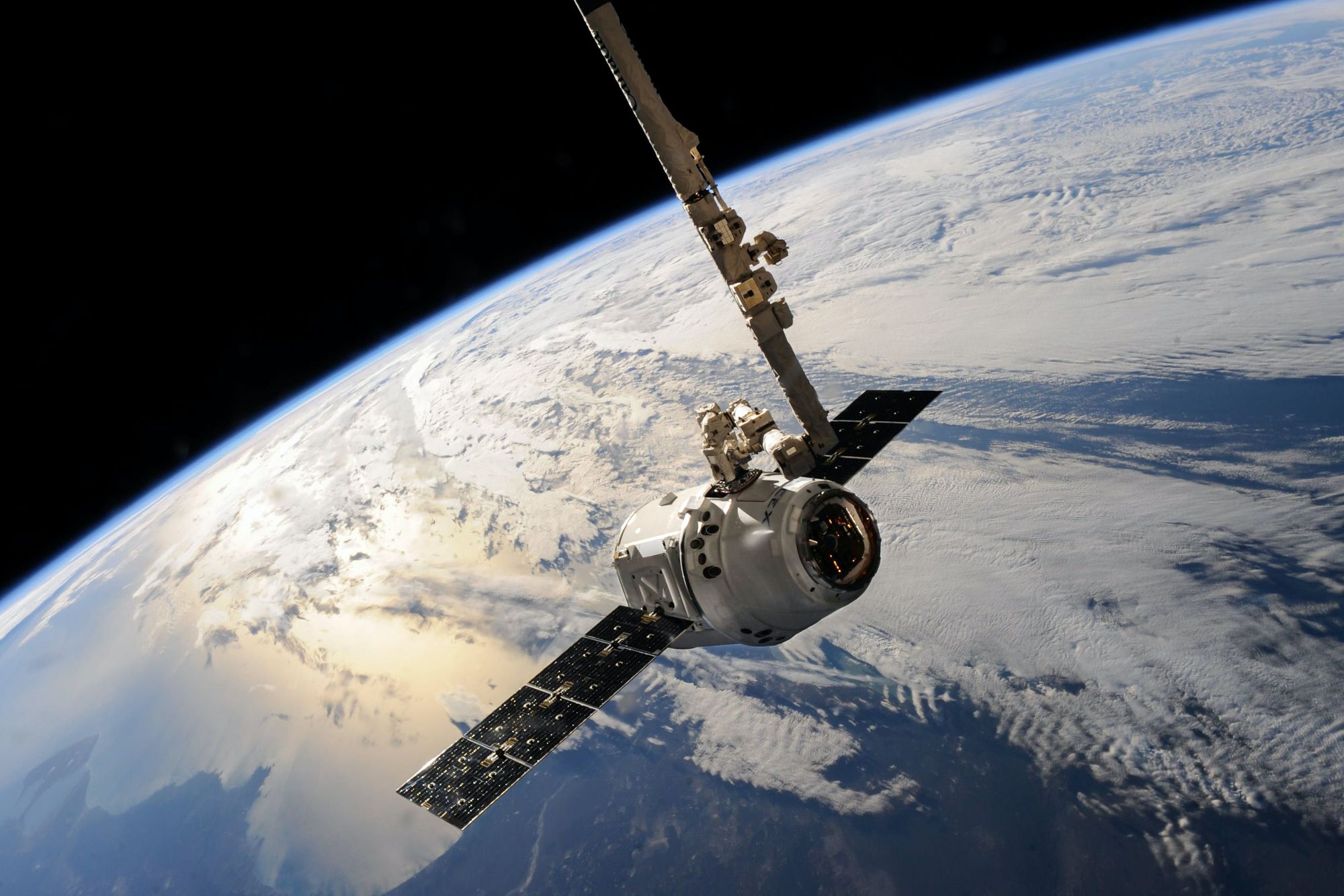
The exciting confluence of technology and science, particularly in areas like gadgets, artificial intelligence, cutting-edge scientific research, and space exploration, is molding the future of humanity. These fields are not just evolving independently but are intertwining in unexpected and revolutionary ways. This synergy is nowhere more evident than in the modern space missions that leverage AI-powered gadgets to push the boundaries of human exploration and understanding.
The Pioneering Role of Gadgets in Scientific Endeavors
Space missions are no longer solely the realm of sophisticated rockets and satellites. Groundbreaking gadgets, fitted with AI algorithms, are becoming instrumental in gathering data, navigating space terrains, and ensuring the safety of equipment and astronauts. The use of these gadgets goes beyond mere utility; they are the very backbone of modern space research, turning challenging missions into achievable tasks.
The fusion of science and gadgets continues to fuel our collective curiosity, driving us to explore the furthest reaches of knowledge and technology. It's an exhilarating journey where the limits of human ingenuity are constantly being challenged, and where every new development is met with the same excitement as a thrilling sports event.
Overcoming Unexpected Challenges in Space Exploration
In the realm of space exploration, Country Garden's AI-driven satellite has become a symbol of cutting-edge technology and innovation. However, the journey into space was not without its hurdles. Upon entering orbit, the satellite's advanced AI algorithm faced unexpected challenges, leading to concerns about its functionality and the success of the mission. In response, a dedicated team of experts and engineers embarked on a mission of their own, working diligently to diagnose and address the issues that had arisen. Their collective expertise and determination proved to be invaluable, enabling them to overcome the obstacles and restore the satellite to its intended course.
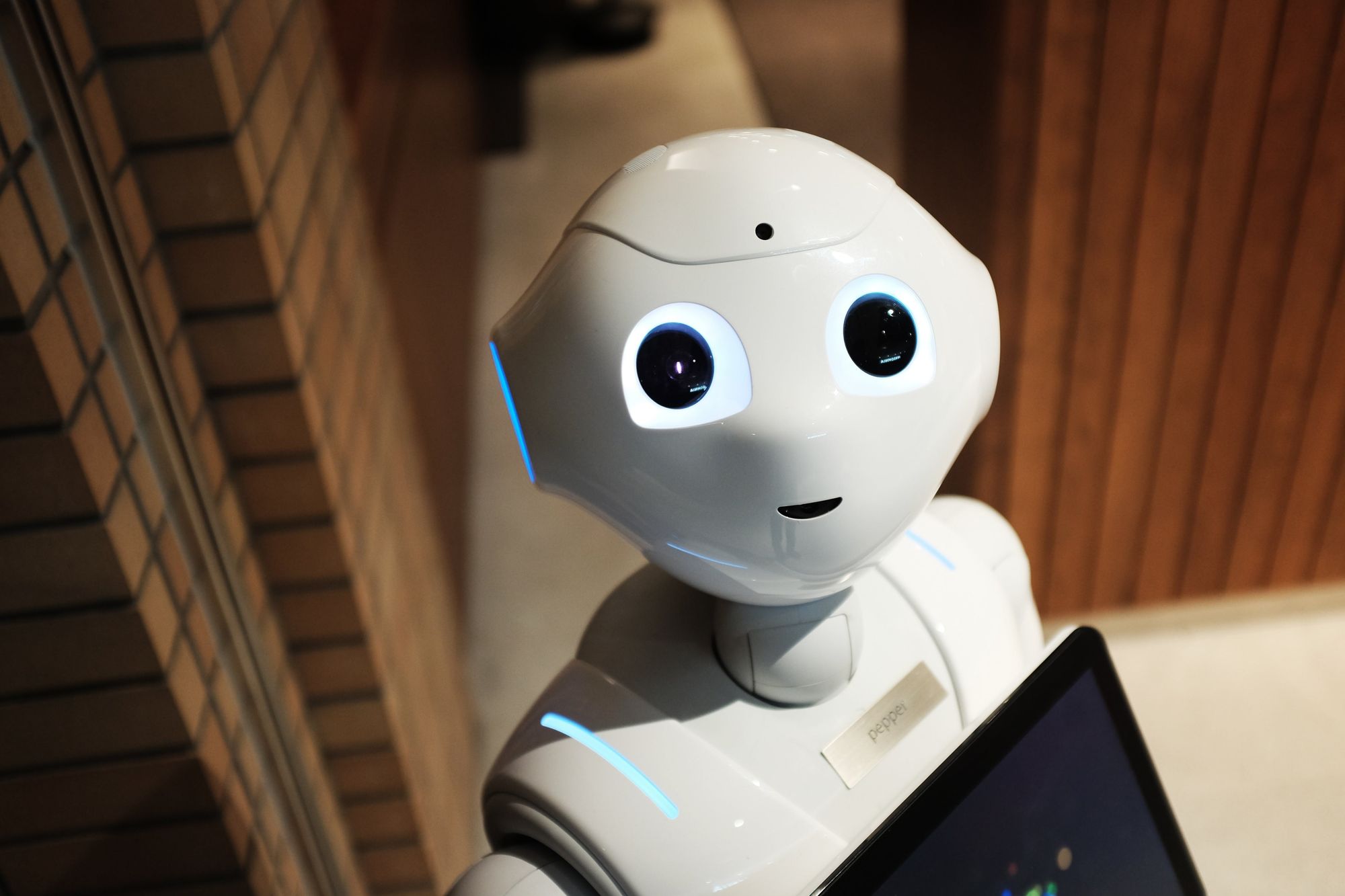
Here are the latest developments:
Quantum Computing Breakthrough: Scientists are making significant strides in quantum computing technology, with the latest breakthroughs promising to revolutionize computation power. Quantum computers, like Alex Larsson on the hockey rink, are turning heads with their swift calculations and maneuvering through complex problems.
AI-Powered Gadgets: In a technology race akin to an F1 Grand Prix, AI-powered gadgets are taking the lead. These devices are making last-minute decisions, adapting to user preferences, and securing a podium finish in the world of consumer electronics.
Cutting-Edge Wearables: Speculations are rife in the tech community about the potential transfer of innovative wearables to the mainstream market. Just like the race to secure Marco Di Silva's talents, top tech companies are vying to bring the latest in wearable technology to consumers.
Navigating the Intersection of Technology
As technology continues its rapid advance, the integration of AI, cutting-edge gadgets, and space research presents both immense potential and challenges. It serves as a reminder that while we make great strides in understanding the vastness of space and harnessing AI's capabilities, there will always be hurdles to overcome. But with every challenge faced, humanity learns, adapts, and pushes forward, ensuring a future where the synergy of technology and space exploration knows no bounds.
In conclusion, as we stand on the cusp of a new era, the fusion of gadgets, AI, scientific research, and space exploration offers a promising trajectory for human progress. While challenges like those faced by Country Garden's satellite are inevitable, they underline the importance of collaboration, innovation, and resilience in our quest to explore the great unknown.



